Migration is one of the most extraordinary behaviors in the animal kingdom. Every year, countless species embark on long, challenging journeys to find food, escape extreme weather, or reach breeding grounds. These migrations often cover thousands of miles and can span multiple continents and oceans. Let’s explore some of the most iconic animals known for their awe-inspiring seasonal migrations.
Monarch Butterfly
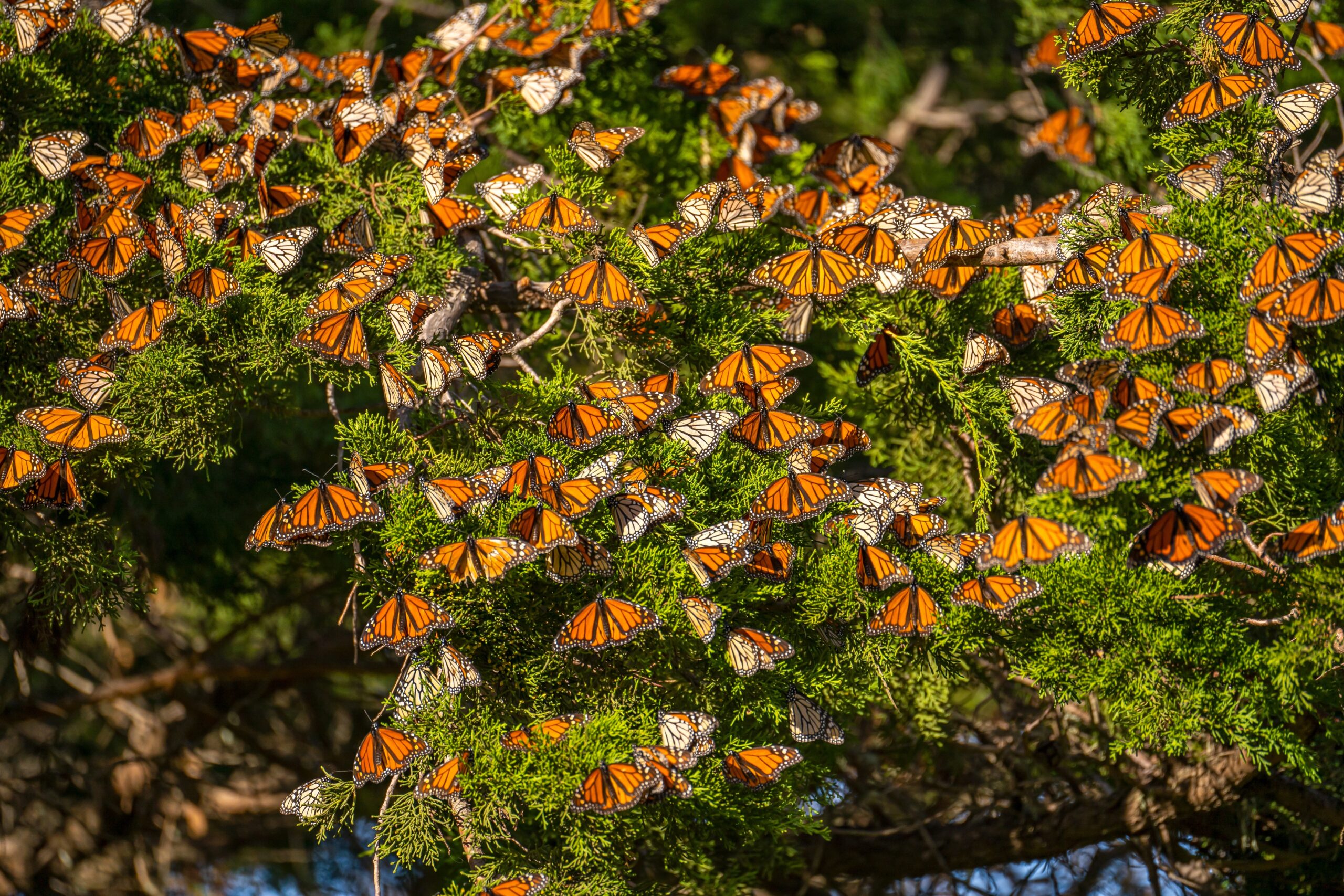
Monarch butterflies are known for their incredible migration from North America to central Mexico. Each year, these delicate insects travel up to 3,000 miles, seeking warmer climates to survive the winter. What makes their migration unique is that no single butterfly completes the entire journey. Instead, it takes multiple generations to finish the full round trip. Monarchs navigate using the position of the sun and magnetic fields. During their migration, they cluster in large numbers, covering trees and creating a stunning visual display. This migration is critical for the species’ survival, as it protects them from freezing temperatures.
Arctic Tern
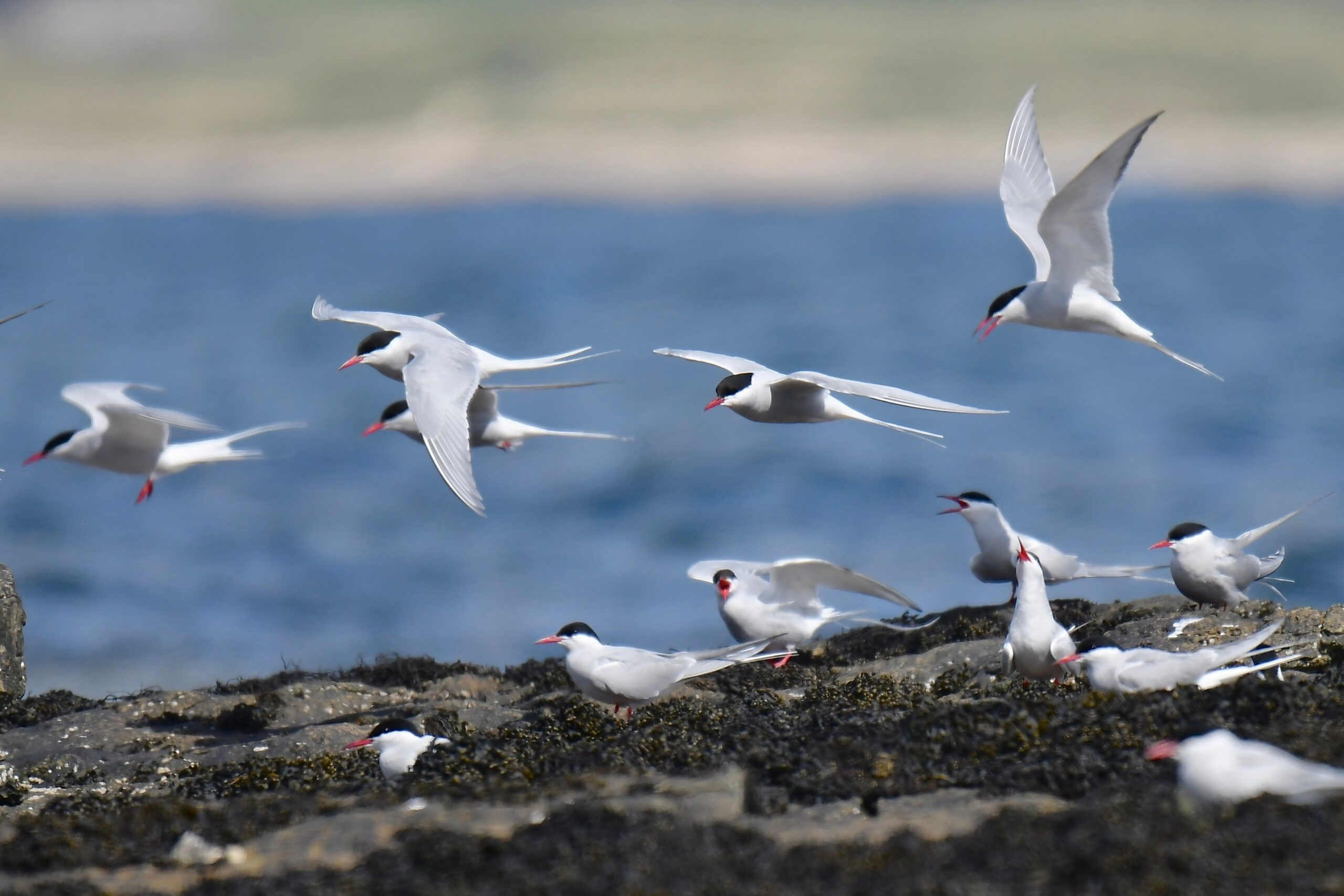
The Arctic tern holds the record for the longest migration of any bird, flying from the Arctic to the Antarctic and back again. This small seabird travels an astonishing 44,000 miles every year, chasing summer between the two poles. Arctic terns migrate to find abundant food, especially fish and small marine creatures. Their migration path follows the coastlines, allowing them to hunt along the way. These birds can live up to 30 years, making their lifetime migration distance equivalent to three trips to the moon and back. Their impressive journey highlights their resilience and adaptability in the face of extreme environments.
Caribou
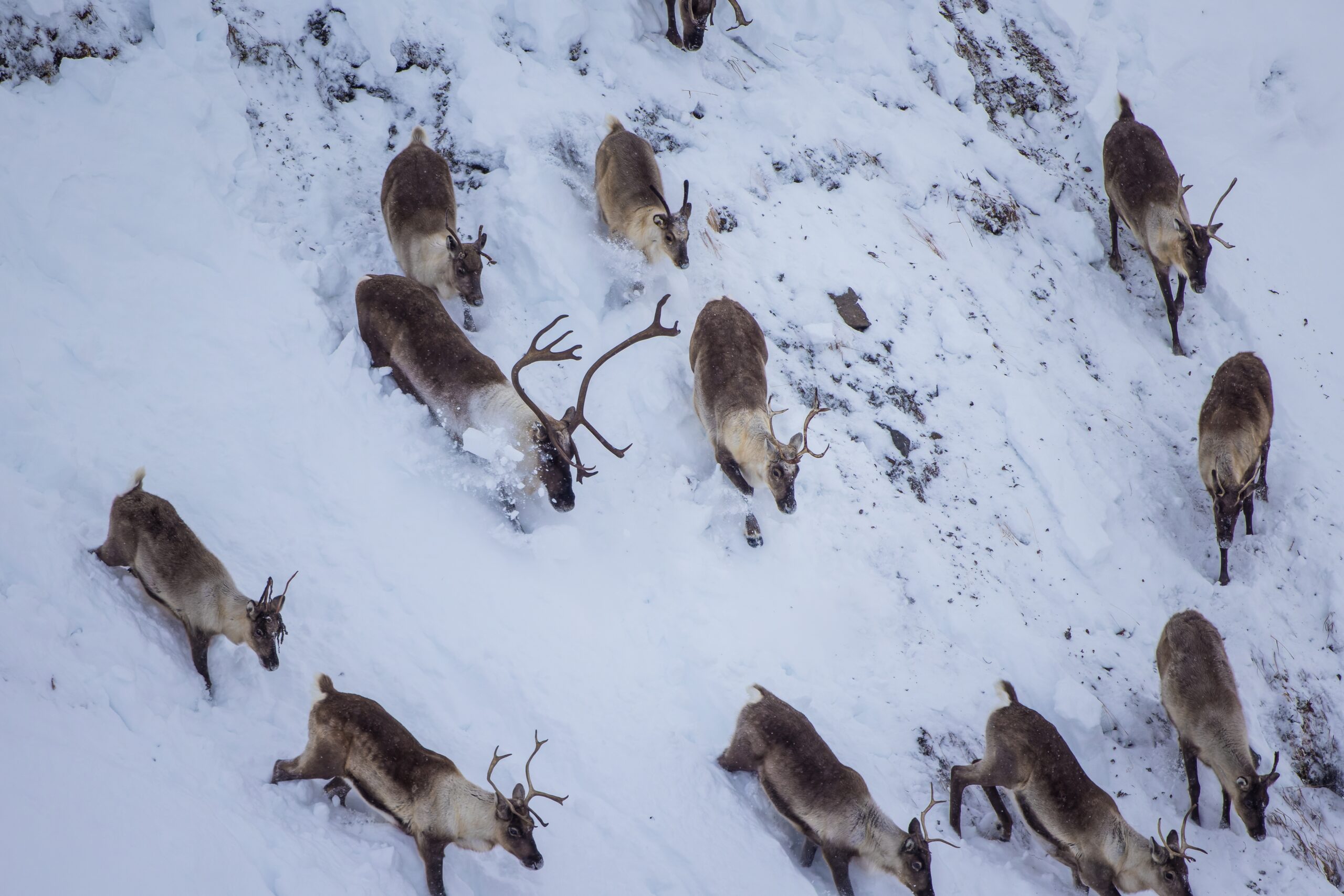
Caribou, also known as reindeer, undertake one of the longest land migrations in North America. They travel up to 1,500 miles across tundra and forests in search of food and better calving grounds. Caribou herds, sometimes numbering in the thousands, move in unison, navigating treacherous landscapes. Their seasonal migrations are driven by the need to find fresh grasses and avoid predators. Caribou rely on their strong sense of smell to detect food and keep track of their herd. This annual journey is crucial for their survival, helping them escape harsh winters and find nourishing food sources.
Humpback Whale
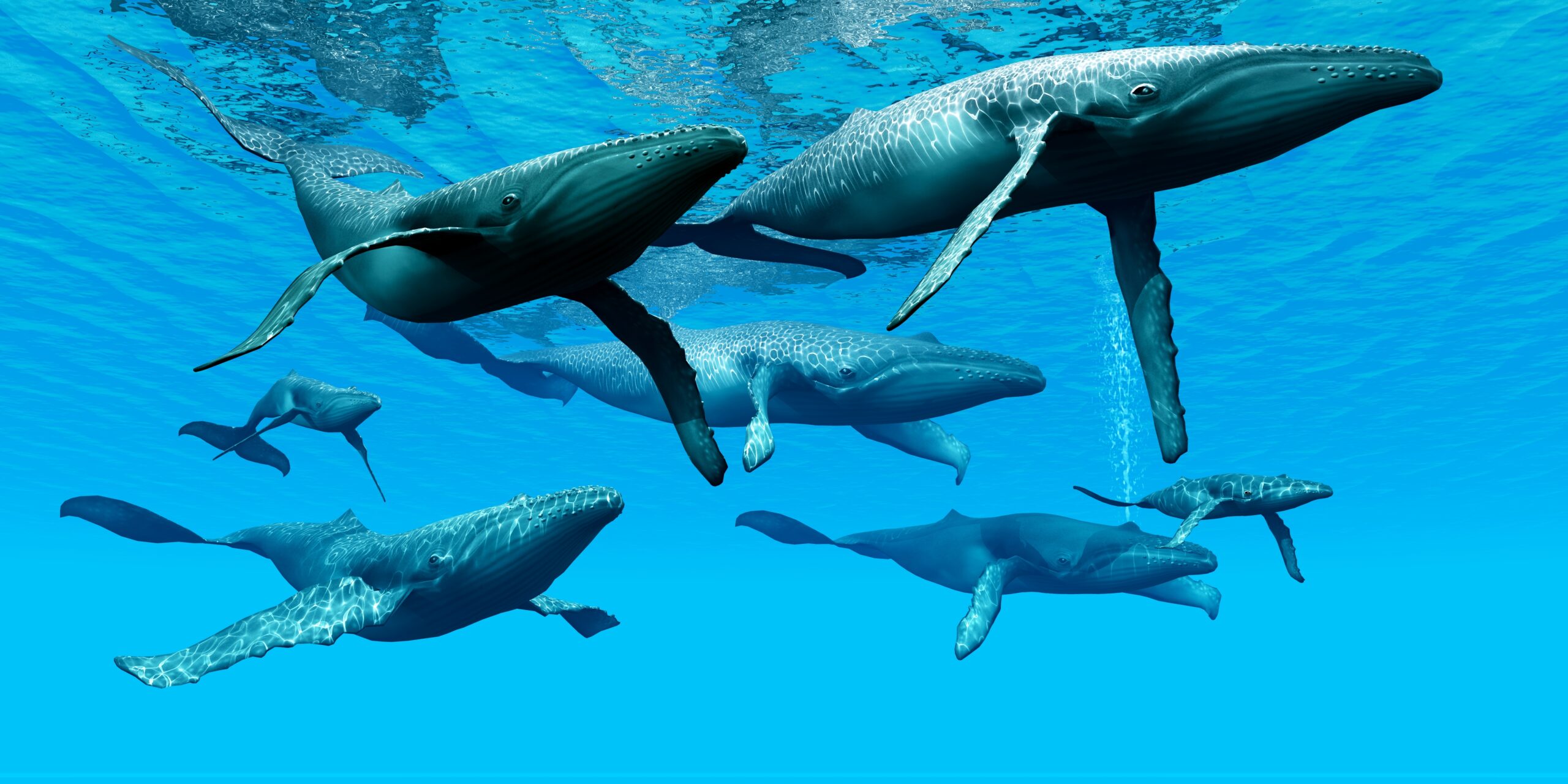
Humpback whales are known for their long migrations between feeding and breeding grounds. These massive creatures travel up to 5,000 miles from the cold waters of the Arctic and Antarctic to warmer tropical regions. In summer, they feed on krill and small fish in nutrient-rich waters, building up fat reserves. In winter, they migrate to warmer waters to breed and give birth. Humpback whales communicate through complex songs, which can be heard across vast ocean distances. Their migration is one of the longest among mammals, showcasing their impressive endurance and navigational skills.
Gray Whale
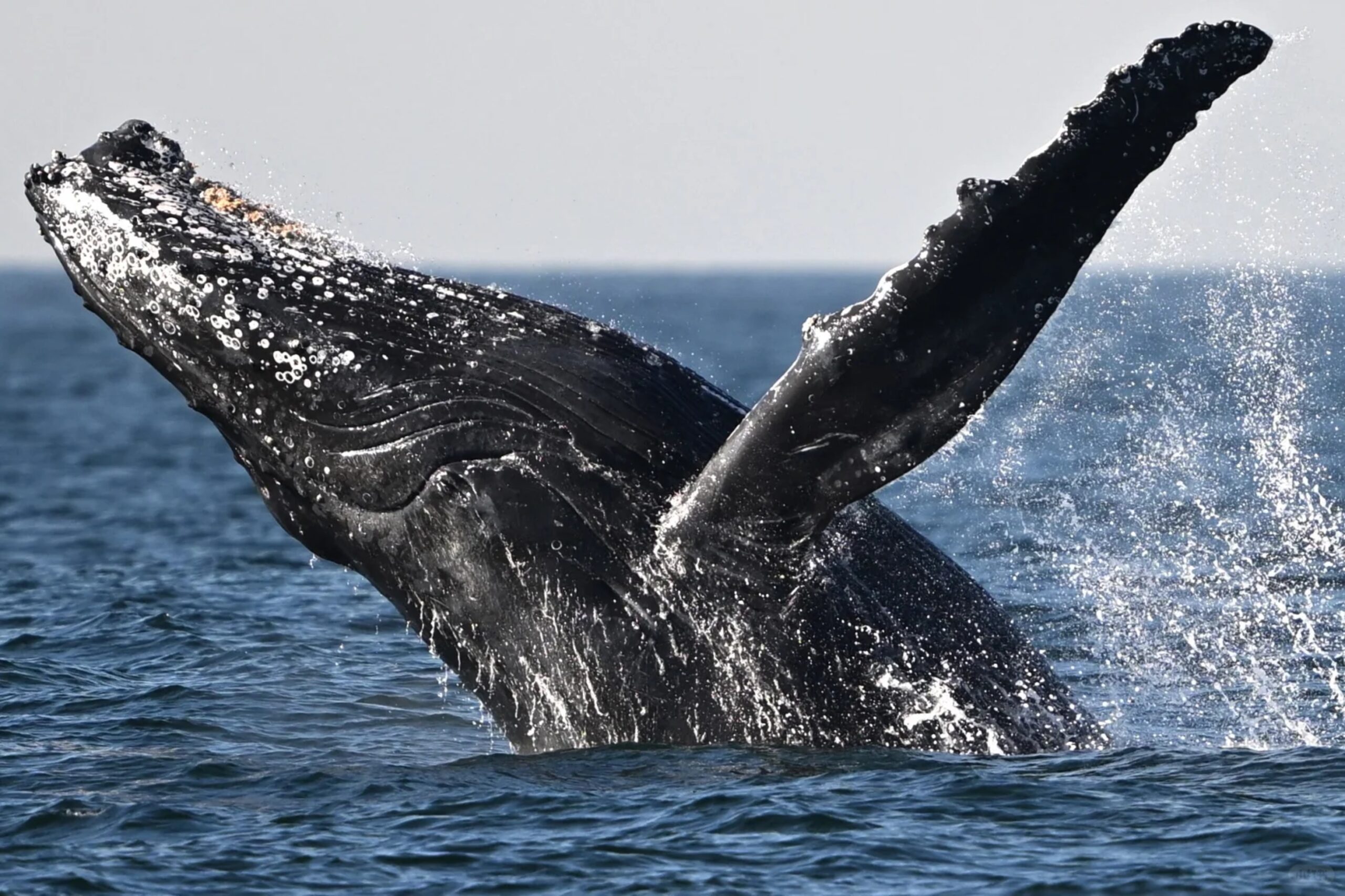
Gray whales migrate farther than any other marine mammal, covering nearly 12,000 miles round-trip each year. These gentle giants travel from the icy waters of the Bering and Chukchi Seas to the warm lagoons of Baja California, Mexico. Their migration is primarily driven by the need to find safe calving grounds. Along the way, gray whales hug the coastline, making them one of the most visible whale species during migration. They feed on small crustaceans by filtering the ocean floor, using their baleen plates. Their journey highlights the delicate balance between feeding and breeding for these magnificent animals.
Wildebeest

The annual wildebeest migration is one of the most famous natural events on Earth. Over 1.5 million wildebeest, along with hundreds of thousands of zebras and gazelles, make their way across the Serengeti in search of fresh grazing lands. This 1,200-mile round-trip journey takes them from Tanzania to Kenya and back. Along the way, wildebeest must navigate dangerous rivers filled with crocodiles and avoid predators like lions and hyenas. The migration is triggered by the seasonal rains, which replenish the grasslands they rely on for food. This spectacle is essential for the ecosystem, as it supports various predator and scavenger species.
Sooty Shearwater
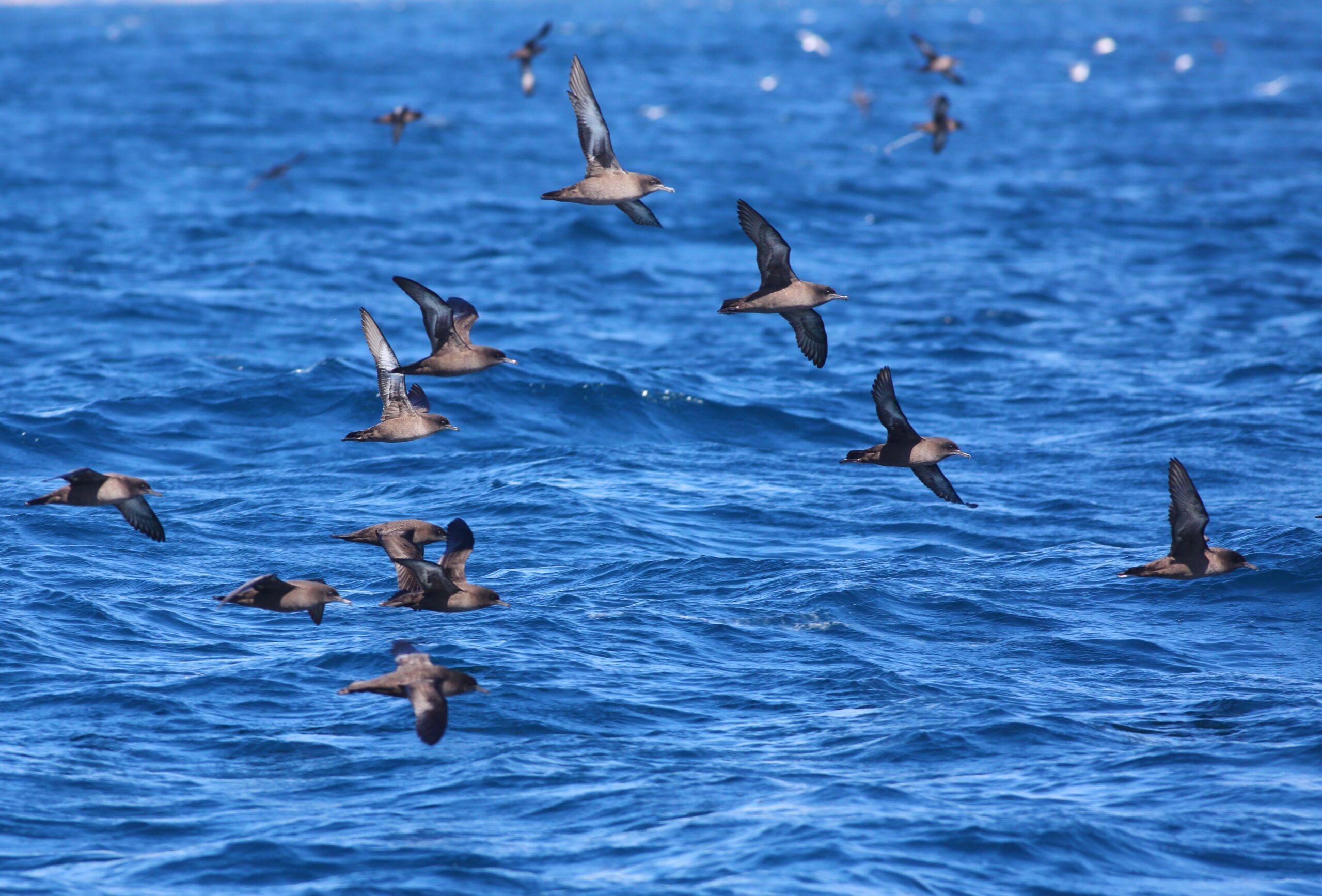
Sooty shearwaters undertake one of the longest migrations of any bird, flying over 40,000 miles annually. These seabirds migrate from their breeding grounds in New Zealand and other Southern Hemisphere islands to feeding grounds in the North Pacific. Their migration follows a figure-eight pattern, allowing them to take advantage of prevailing winds. Sooty shearwaters feed primarily on fish and squid, diving deep into the ocean to catch their prey. Their long-distance migration is a remarkable feat, as they cover vast ocean expanses with precision and efficiency. This journey is critical for their survival, providing them access to plentiful food sources year-round.
Leatherback Sea Turtle
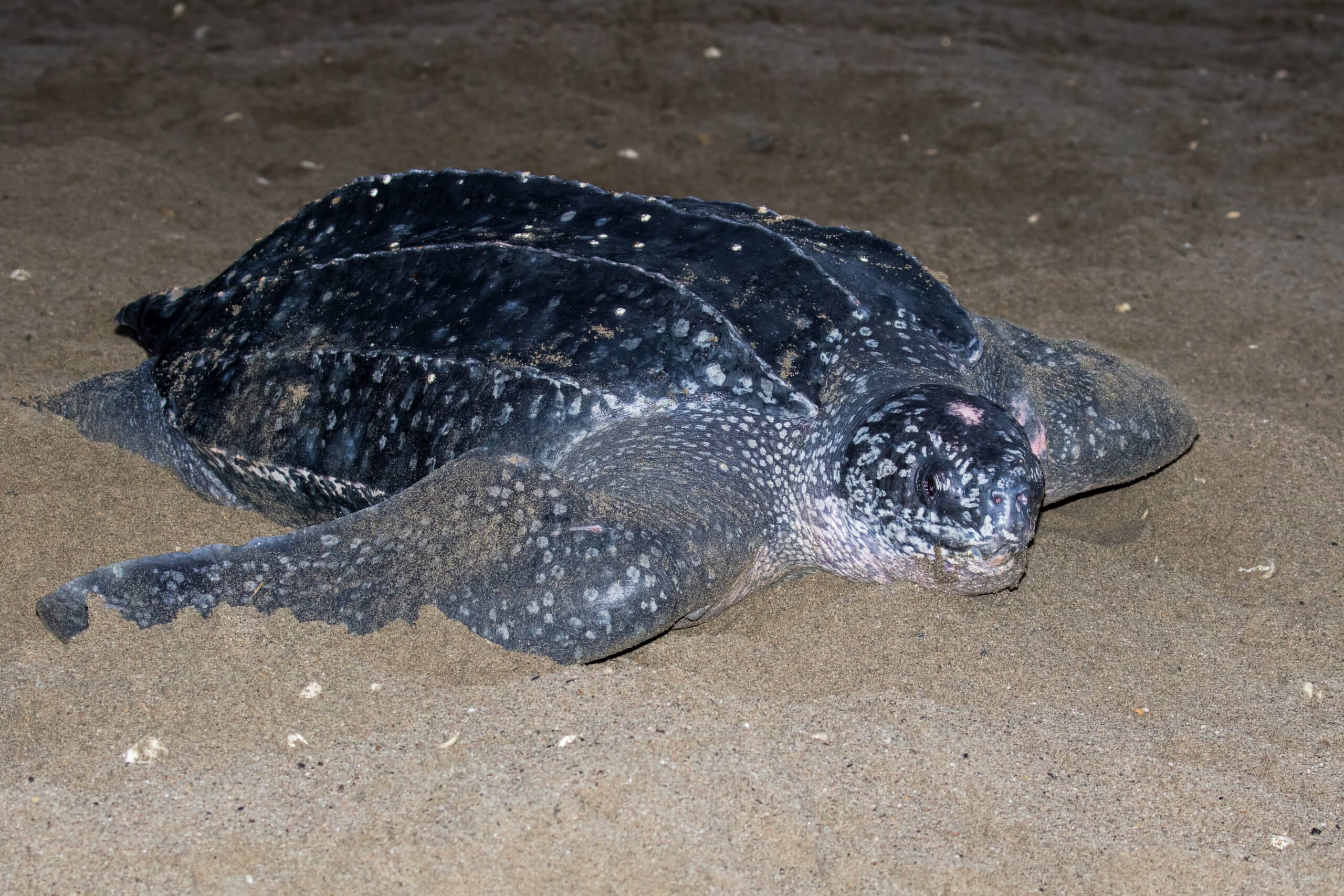
Leatherback sea turtles undertake one of the longest migrations of any marine reptile. These massive turtles travel over 10,000 miles each year between feeding and nesting grounds. They migrate from tropical beaches, where they lay their eggs, to colder waters where they feed on jellyfish. Leatherbacks are the largest sea turtles, capable of diving over 4,000 feet deep to hunt. Their soft, leathery shell and streamlined body help them swim vast distances. This migration is vital for the species, ensuring their young hatchlings are born in warm, safe environments while the adults feed in nutrient-rich waters.
Sandhill Crane
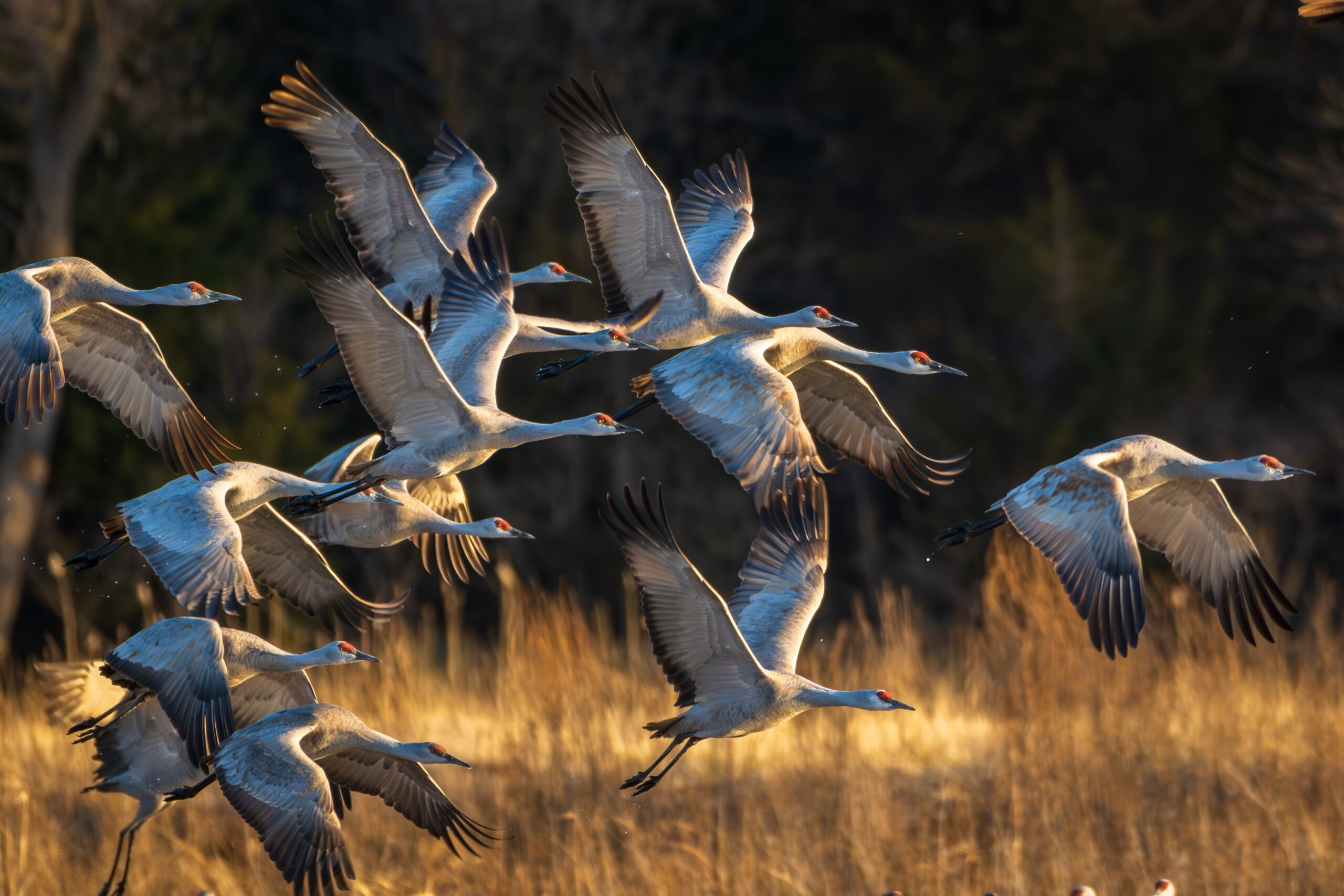
Sandhill cranes are famous for their long migrations across North America. Each year, they travel up to 5,000 miles between their breeding grounds in the northern U.S., Canada, and Alaska, and their wintering sites in the southern U.S. and Mexico. They migrate in large flocks, often flying in a V-formation to conserve energy. These tall, elegant birds are known for their loud, trumpeting calls that can be heard during migration. The cranes rely on wetlands for food and rest during their journey, making conservation of these areas crucial for their survival. Their migration is a spectacular sight that draws birdwatchers from around the world.
Bar-tailed Godwit

The bar-tailed godwit holds the record for the longest non-stop flight of any bird. This small shorebird flies over 7,000 miles from Alaska to New Zealand in a single migration without stopping to eat or rest. Bar-tailed godwits make this incredible journey to escape the harsh Arctic winter. They fatten up before migration, doubling their body weight to sustain the flight. These birds navigate using the Earth’s magnetic field and landmarks along the coastlines. Their migration highlights their extraordinary endurance and ability to adapt to extreme environments.
Red Knot

Red knots are small, stocky shorebirds that migrate over 9,000 miles from the Arctic to the southern tip of South America. Their migration follows the coastlines, where they stop to feed on tiny invertebrates in mudflats and beaches. These birds rely on key feeding sites, such as Delaware Bay, where they gorge on horseshoe crab eggs to fuel their journey. Red knots are known for their synchronized migration, arriving in large numbers at the same stopovers year after year. Their journey showcases the delicate balance of ecosystems along their route, which are essential for their survival.
Elephant Seal
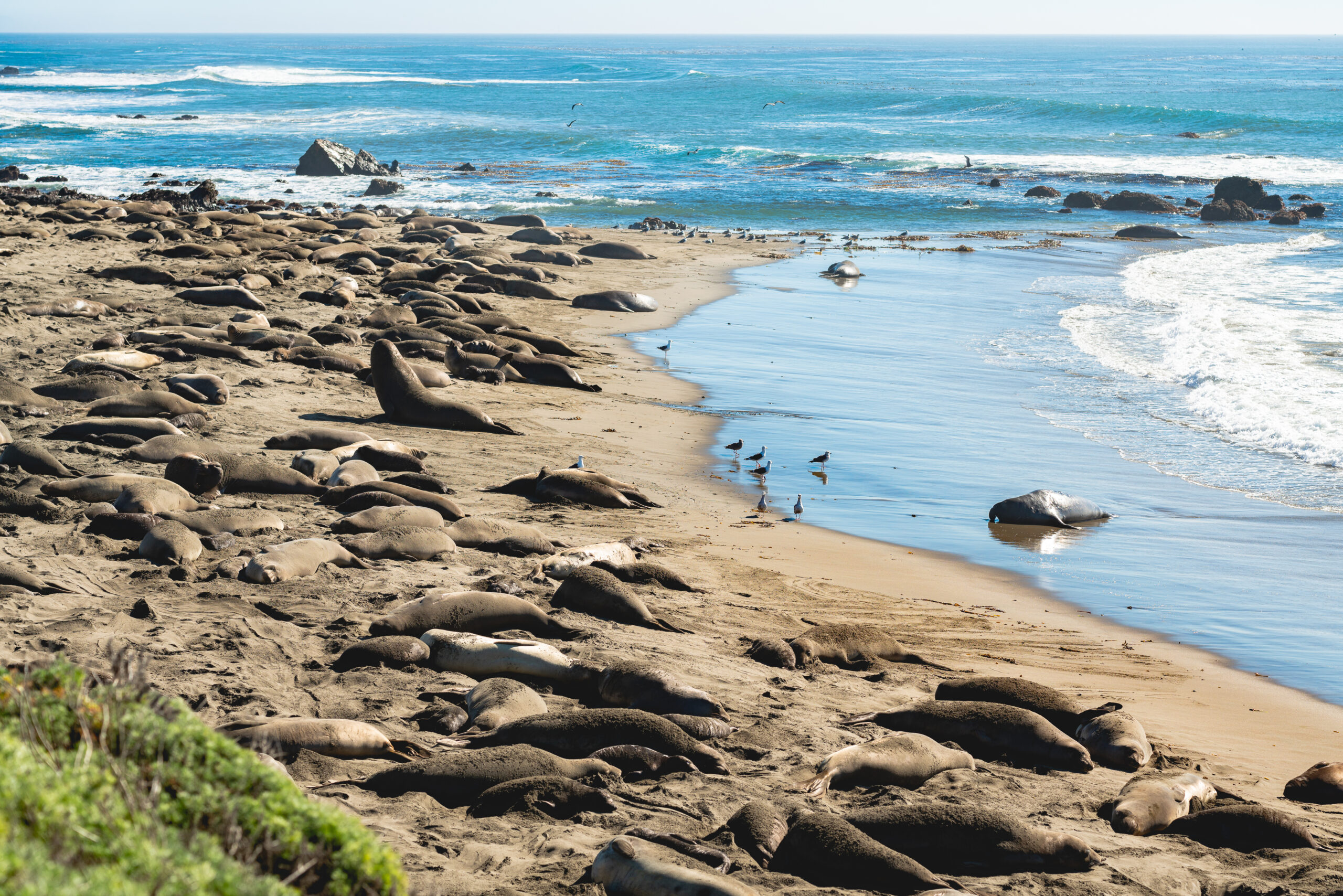
Elephant seals are among the deepest diving marine mammals, and their migration spans thousands of miles across the open ocean. These massive seals migrate from their breeding beaches in California and Mexico to feeding grounds in the northern Pacific. Male elephant seals travel farther than females, sometimes reaching the Aleutian Islands. They dive deep to hunt squid, fish, and other prey, staying underwater for up to two hours. Their migration helps them build up fat reserves necessary for survival during the breeding season when they fast for months. This journey reflects the impressive adaptability of these marine giants.
Painted Lady Butterfly
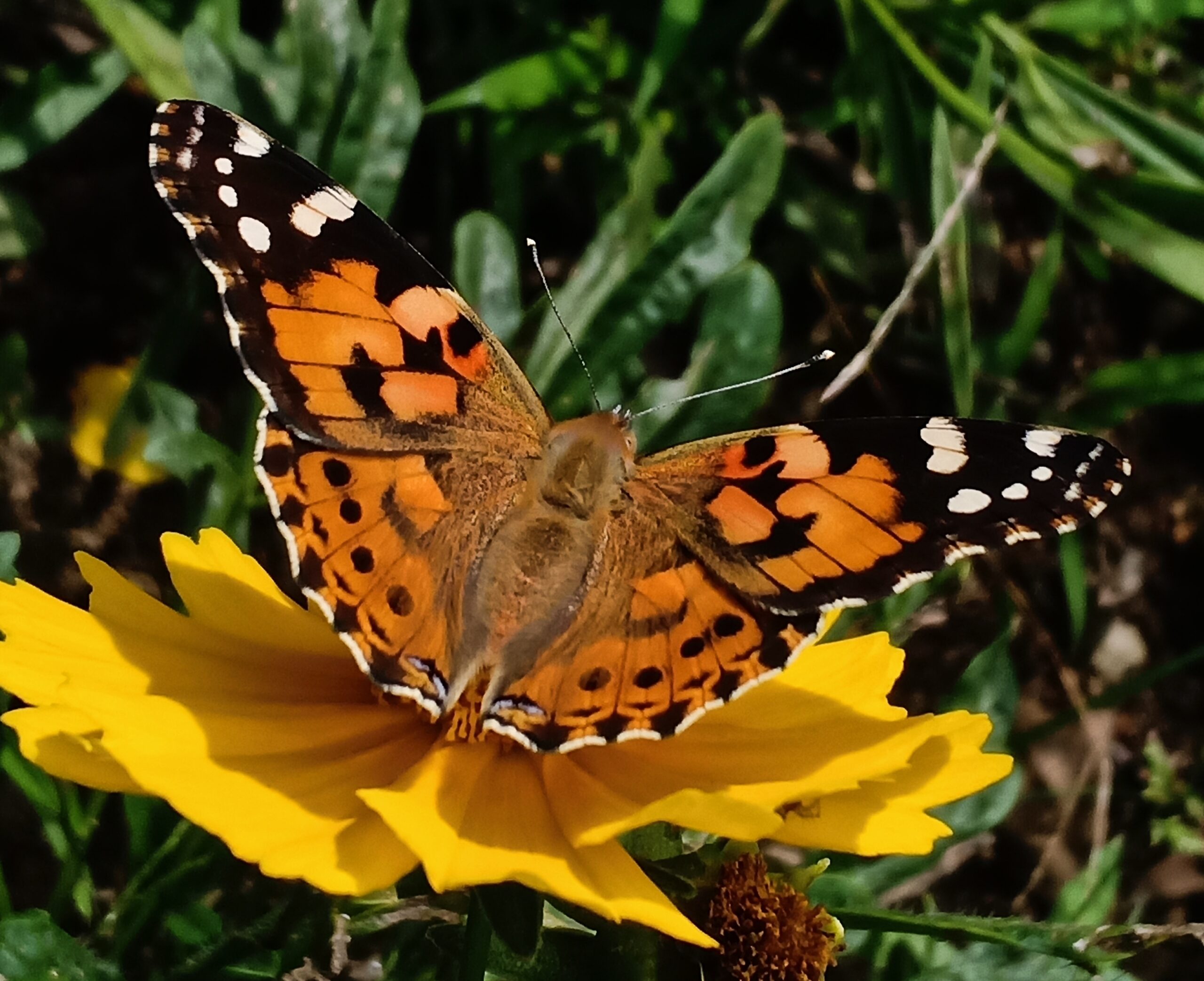
The painted lady butterfly is known for its long-distance migration across multiple continents. Each year, these butterflies travel from North Africa and Europe to northern regions, covering up to 9,000 miles. They migrate in several generations, with each new generation continuing the journey started by their ancestors. Painted ladies rely on favorable wind currents and nectar from flowers to fuel their migration. Unlike some other butterflies, their migration is irregular, depending on weather conditions and food availability. Their colorful wings and large migratory swarms make them a remarkable sight in both Europe and North America.
Sockeye Salmon
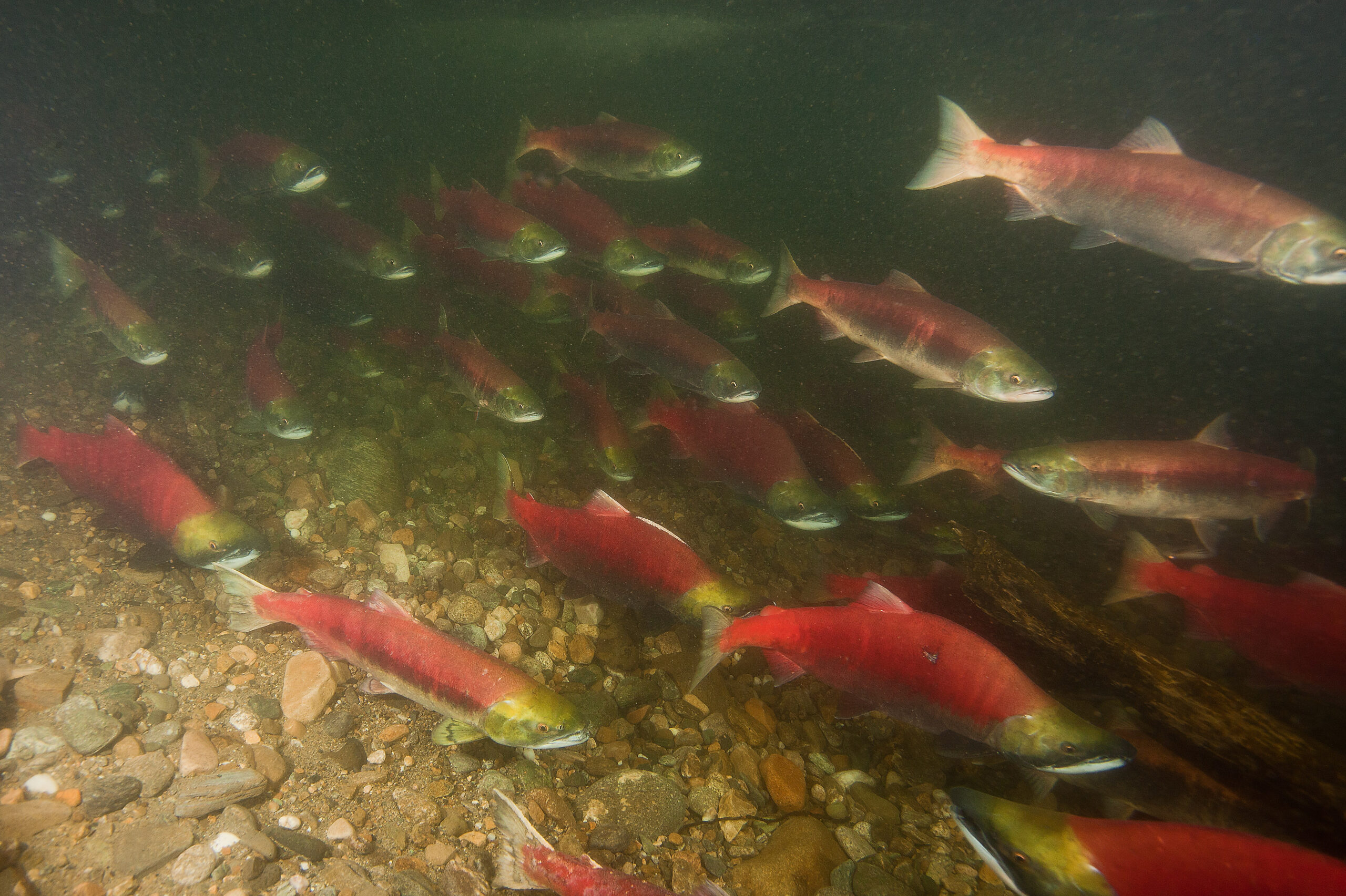
Sockeye salmon are famous for their incredible migration from the ocean to freshwater rivers to spawn. These fish travel hundreds, sometimes thousands of miles, returning to the exact rivers where they were born. Sockeye salmon navigate by sensing the chemical composition of their natal streams. Along the way, they undergo physical changes, turning a vibrant red with green heads as they prepare to spawn. Their migration is a critical part of their life cycle, ensuring the survival of the next generation. This arduous journey also supports entire ecosystems, as their bodies provide essential nutrients to freshwater habitats.
Blue Whale
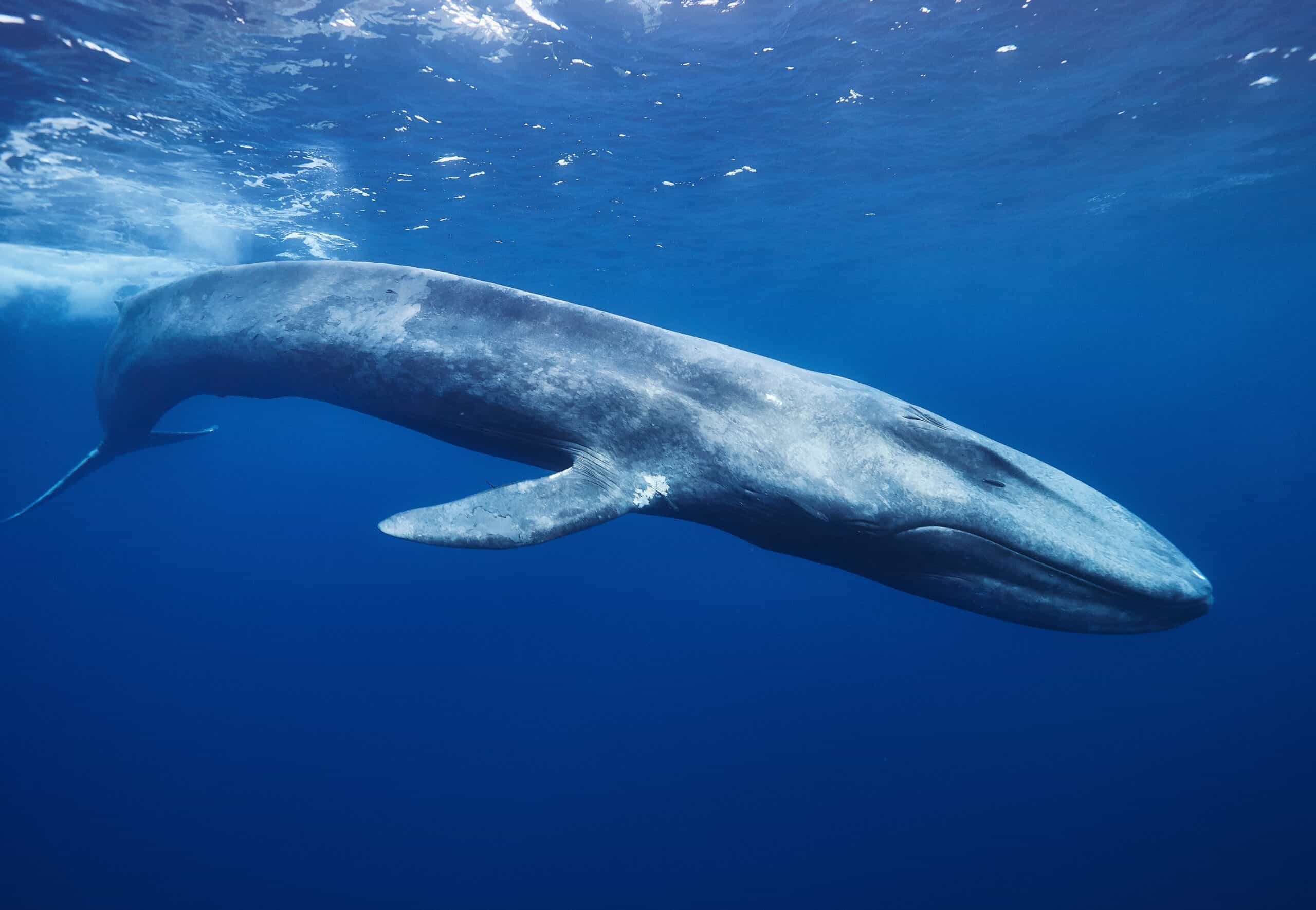
The blue whale is the largest animal on Earth and undertakes long migrations between feeding and breeding grounds. These massive creatures travel thousands of miles annually, moving from cold polar waters, where they feast on krill, to warmer tropical seas to breed. Blue whales use their massive lungs to dive deep and hunt for food, storing up energy reserves for the migration. They communicate using low-frequency calls that can travel across entire oceans. Their migration is essential for their reproductive cycle, helping ensure calves are born in safer, warmer waters. This journey showcases the whale’s incredible endurance and strength.
Pacific Golden Plover
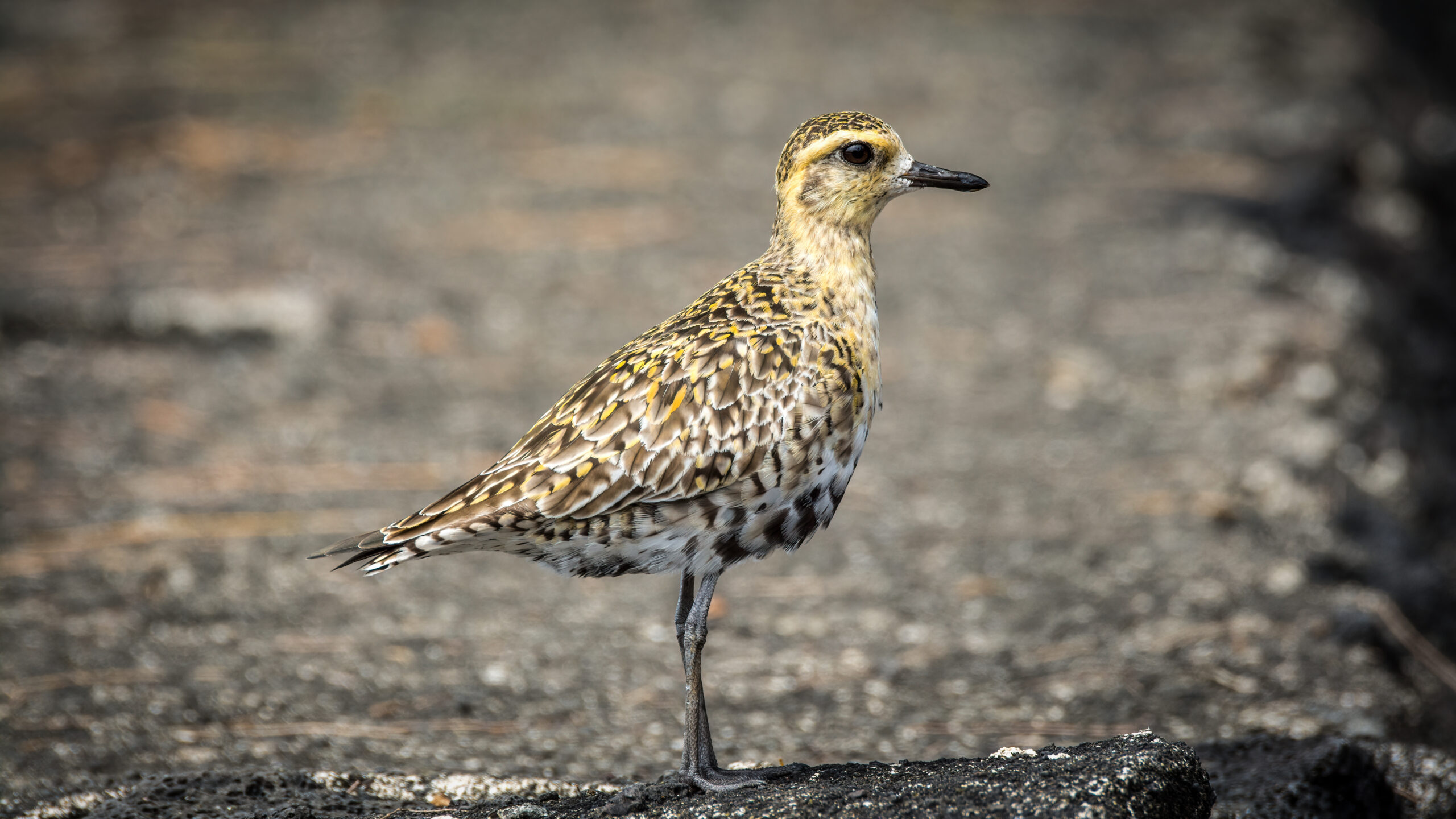
The Pacific golden plover is a small shorebird that migrates thousands of miles between Alaska and the Pacific Islands. They make this journey twice a year, flying non-stop across the open ocean. These birds navigate using the stars and the Earth’s magnetic field to find their way. Pacific golden plovers fatten up before migration, relying on stored energy for their long flight. They breed in the Arctic tundra and winter in the tropical islands of the Pacific. Their migration is one of the longest over-water flights, highlighting their remarkable stamina and precision.
Blackpoll Warbler
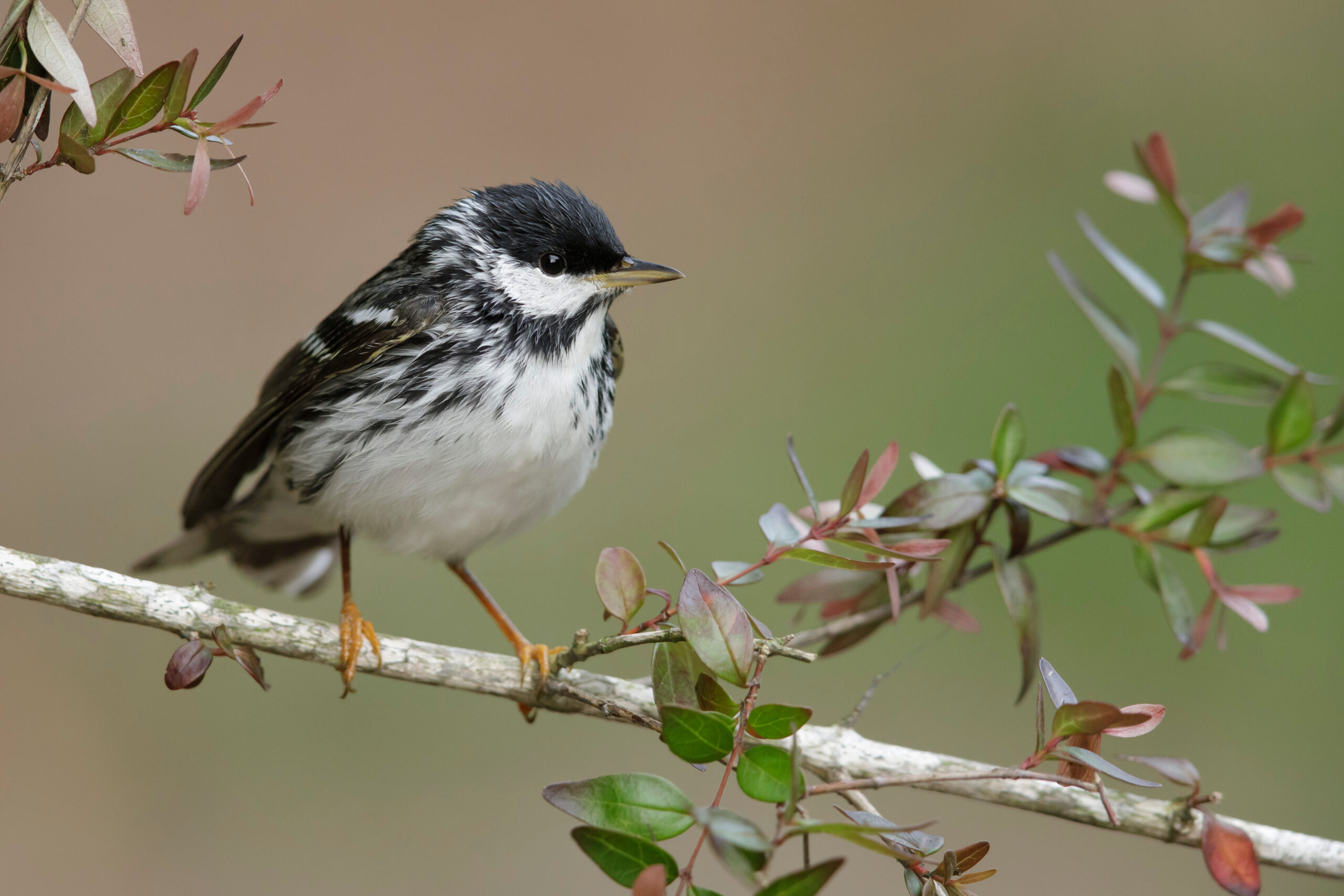
The blackpoll warbler is a tiny songbird that undertakes one of the most impressive migrations in the bird world. Each fall, they travel from North America to South America, flying over 2,000 miles non-stop across the Atlantic Ocean. These birds double their body weight before embarking on this perilous journey. Blackpoll warblers rely on favorable winds and navigate using both the stars and Earth’s magnetic field. Their migration requires perfect timing, as they must avoid storms and predators while crossing the open sea. This incredible feat of endurance is astounding for such a small bird.
Green Sea Turtle
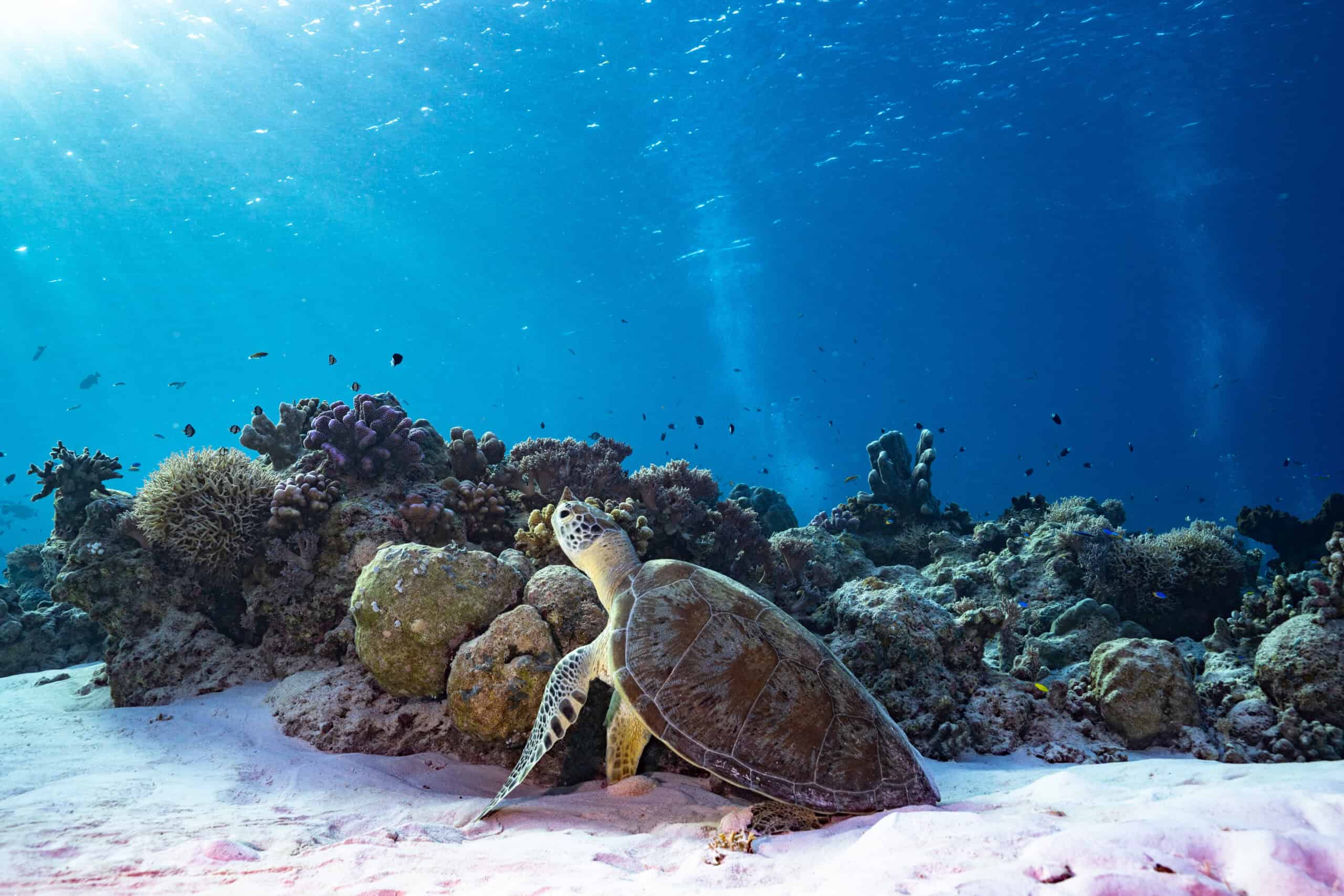
Green sea turtles travel thousands of miles between feeding and nesting grounds each year. They migrate from coastal foraging areas to tropical beaches to lay their eggs. These turtles use the Earth’s magnetic field to navigate, returning to the same beach where they were born. Green sea turtles feed on seagrasses and algae, building up energy for their long migrations. Their journey plays a crucial role in the marine ecosystem, as their grazing helps maintain healthy seagrass beds. This migration is vital for their survival and reproduction, ensuring the continuation of their species.
Atlantic Salmon
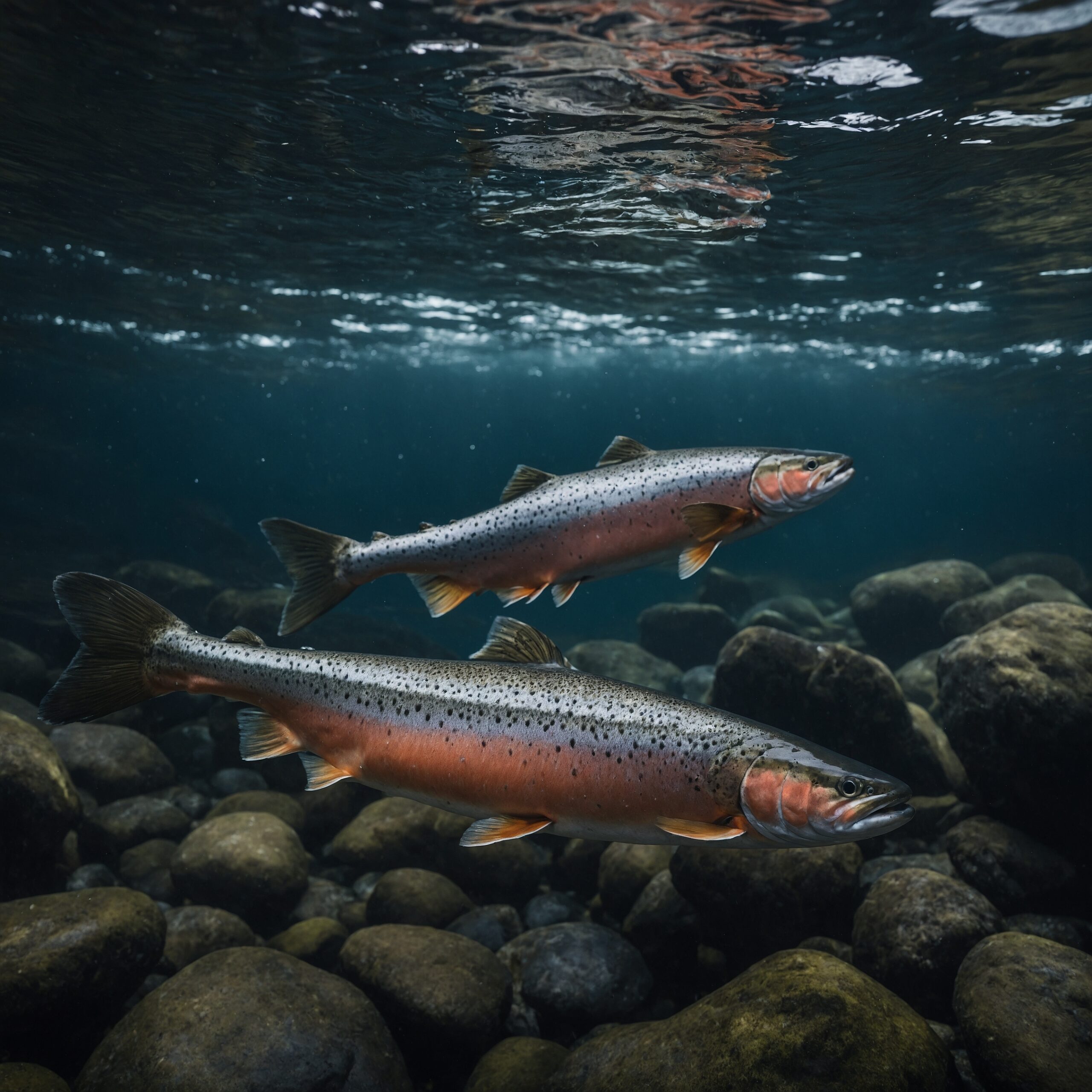
Atlantic salmon are known for their epic migrations from freshwater rivers to the open ocean and back. They are born in freshwater streams, where they live for a few years before migrating to the ocean. After several years, they return to their natal rivers to spawn, often traveling hundreds or thousands of miles. Atlantic salmon navigate by following chemical cues in the water, retracing their journey to their birthplace. Their migration is a key part of their life cycle, helping ensure the survival of future generations. This incredible journey also supports the ecosystems they travel through.
Greater Snow Goose
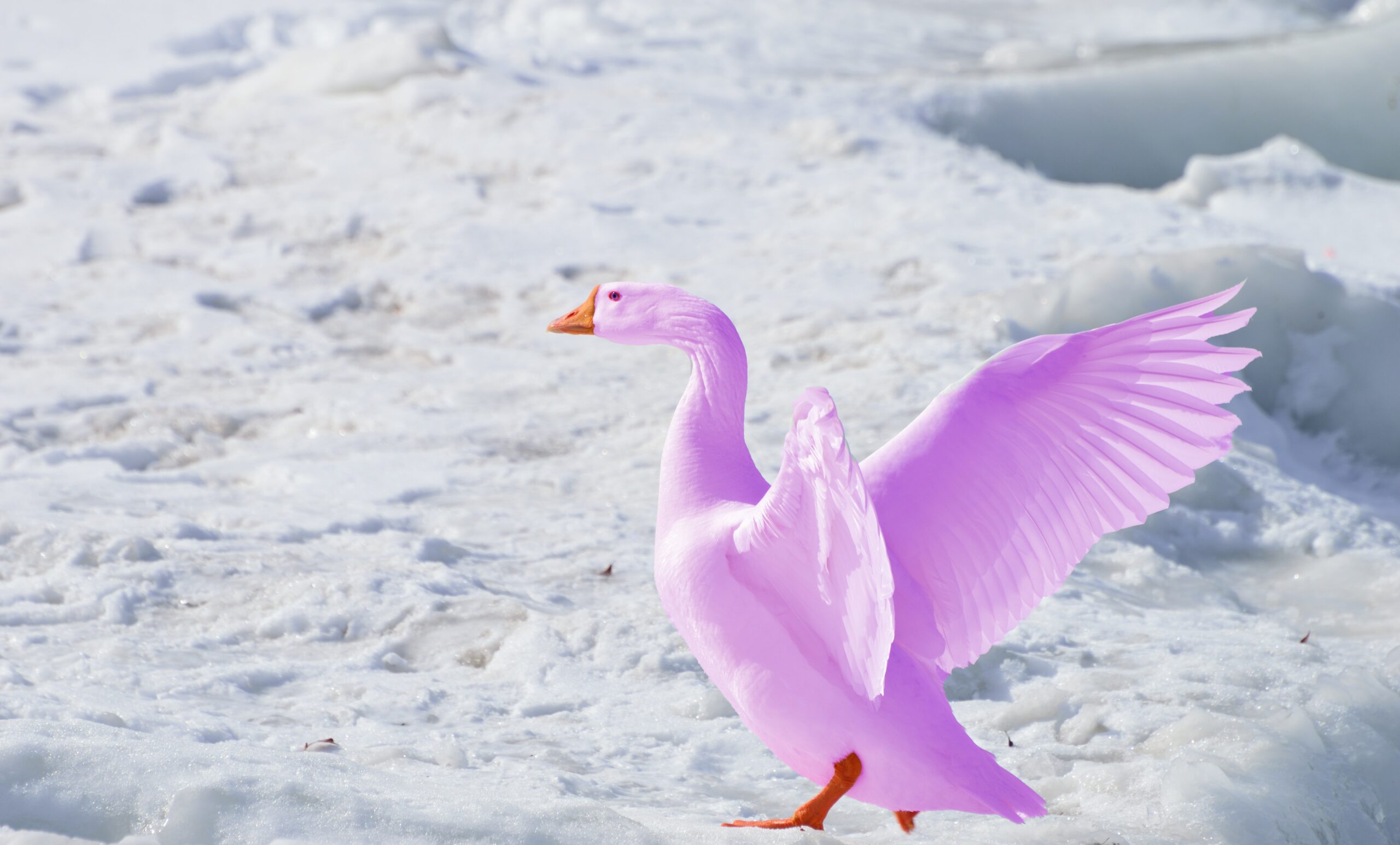
Greater snow geese undertake a remarkable migration from their breeding grounds in the Arctic to their wintering grounds in the southern United States. These large birds travel in flocks, flying in a V-formation to conserve energy. Their migration covers thousands of miles, with key stopovers along the way to rest and feed. Greater snow geese rely on wetlands and coastal areas for food during their journey. They are known for their loud calls that echo across the skies during migration. This impressive journey helps maintain healthy populations and supports wetland ecosystems.
Swainson’s Hawk
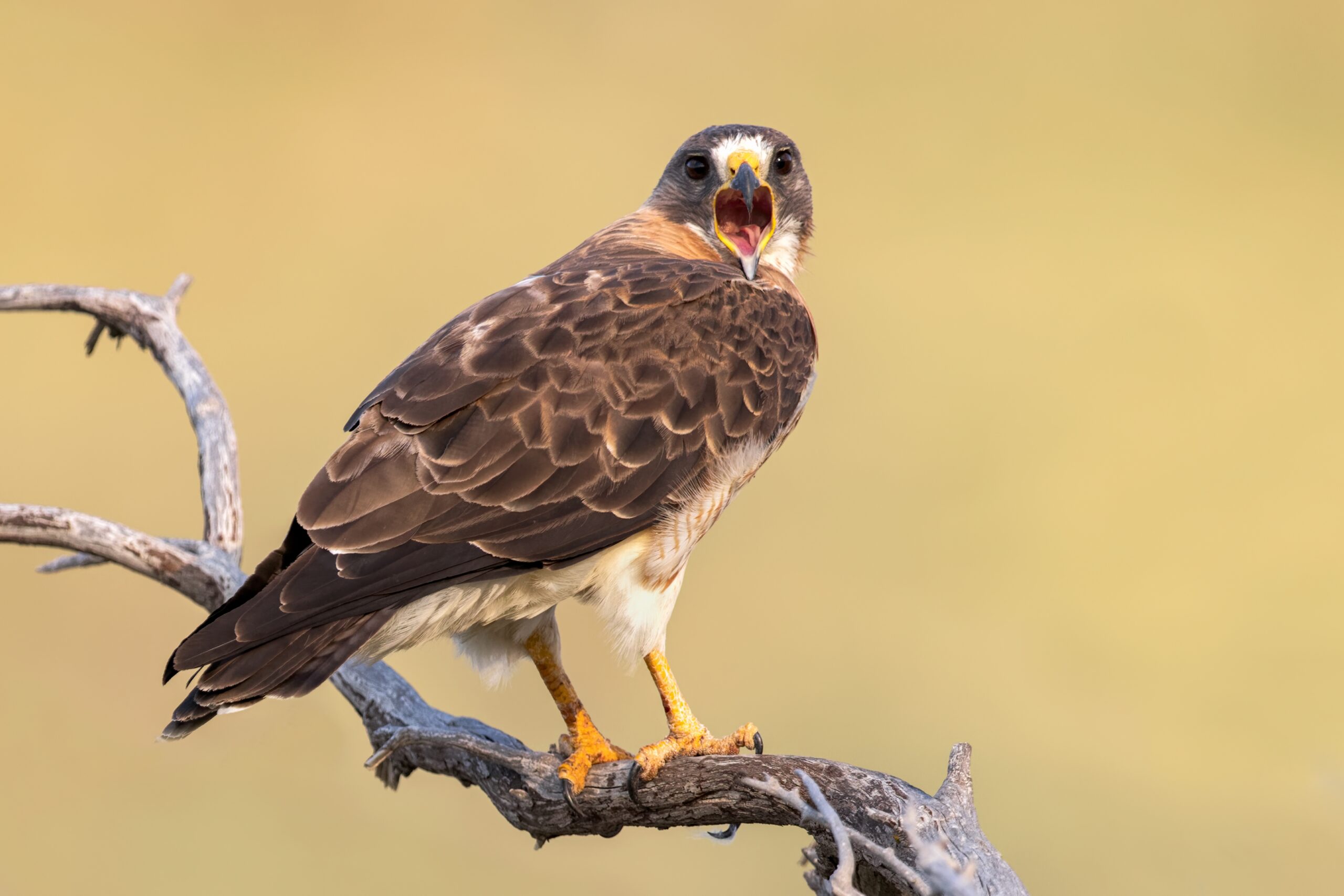
Swainson’s hawks are long-distance migrants that travel from North America to South America each year. These birds of prey cover over 6,000 miles during their migration, flying over open plains and mountains. Swainson’s hawks rely on thermal currents to soar for long distances without expending much energy. They feed on insects during migration, taking advantage of seasonal swarms in agricultural fields. Their migration is timed with the changing seasons, ensuring they reach their breeding and wintering grounds at the right moment. This journey highlights their adaptability and skill as soaring hunters.
This article originally appeared on Rarest.org.
More from Rarest.org
15 Stunning Big Cats Roaming the World’s Most Beautiful Landscapes
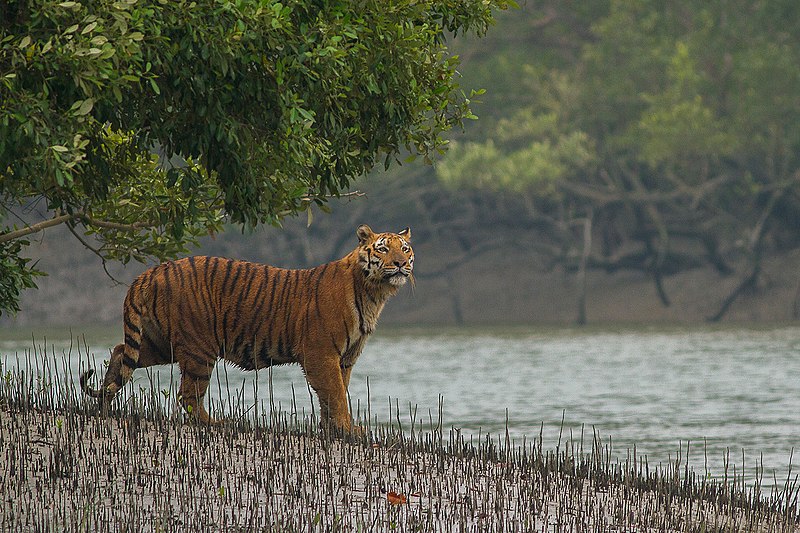
Big cats are some of the most awe-inspiring creatures on the planet, roaming a variety of stunning landscapes across the globe. Read More.
19 Unique Military Vehicles Used in Uncommon Roles
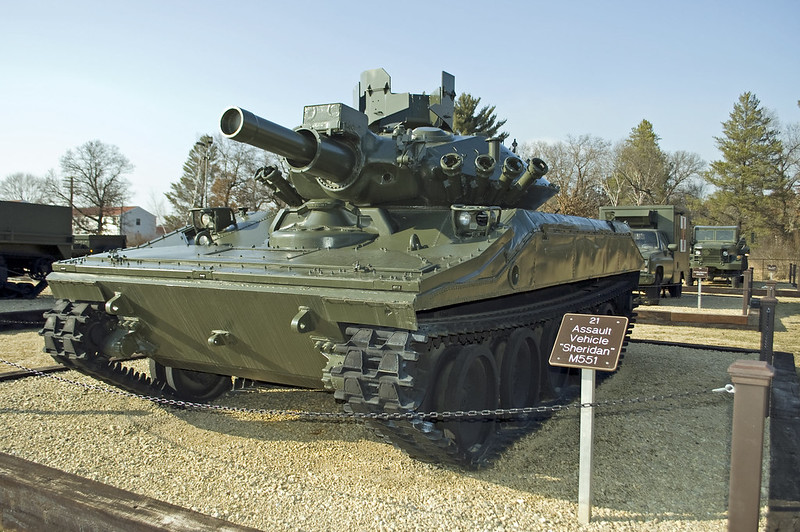
Military vehicles are known for their versatility, often being repurposed for roles beyond their original design. Read More.
15 Remarkable Arctic Animals Adapted to Extreme Cold

The Arctic is home to some of the most resilient animals on the planet, each uniquely adapted to survive in its extreme cold. Read More.
